Flavor Innovation
Flavor innovation plays a pivotal role in the Iced Tea Market, as manufacturers continuously seek to captivate consumers with unique and diverse flavor profiles. The introduction of exotic flavors, such as hibiscus, lychee, and matcha, has broadened the appeal of iced tea, attracting a wider audience. This trend is particularly pronounced among younger consumers who are eager to experiment with new tastes. Market data suggests that flavored iced teas account for a substantial share of the overall iced tea market, indicating a shift in consumer preferences towards more adventurous options. As brands innovate and expand their flavor offerings, the iced tea market is likely to witness sustained growth, driven by the desire for novel and exciting beverage experiences.
Health Benefits of Iced Tea
The Iced Tea Market is experiencing a notable surge in demand due to the increasing awareness of health benefits associated with tea consumption. Iced tea, particularly varieties rich in antioxidants, is perceived as a healthier alternative to sugary beverages. Research indicates that The Iced Tea Market is projected to grow at a compound annual growth rate of approximately 5.5% over the next few years. This growth is driven by consumers seeking beverages that not only quench their thirst but also contribute positively to their health. The rising trend of health-conscious choices among consumers is likely to propel the iced tea market further, as individuals increasingly opt for drinks that align with their wellness goals.
Cultural Influence and Globalization
Cultural influences and globalization are shaping the Iced Tea Market, as traditional tea-drinking cultures expand their reach. The infusion of iced tea into various culinary traditions is fostering a diverse market landscape. For instance, Asian tea cultures are increasingly popularizing iced tea variants, which are being embraced by consumers worldwide. This cross-cultural exchange is not only enhancing the flavor profiles available but also driving market growth. Data suggests that the increasing popularity of iced tea in regions previously less familiar with the beverage is contributing to a broader acceptance and consumption. As cultural influences continue to permeate the iced tea market, brands that adapt to these trends are likely to thrive.
Convenience and Ready-to-Drink Options
The rise of convenience-oriented lifestyles is significantly influencing the Iced Tea Market, particularly through the popularity of ready-to-drink (RTD) iced tea products. Busy consumers are increasingly seeking convenient beverage options that require minimal preparation. The RTD iced tea segment has seen substantial growth, with market data indicating that it constitutes a significant portion of the overall iced tea sales. This trend is particularly appealing to millennials and Gen Z consumers, who prioritize convenience without compromising on taste. As manufacturers continue to innovate in this space, offering a variety of flavors and health-focused options, the iced tea market is poised for further expansion, driven by the demand for on-the-go beverages.
Sustainability and Eco-Friendly Packaging
Sustainability initiatives are becoming increasingly integral to the Iced Tea Market, as consumers demonstrate a growing preference for eco-friendly products. Brands are responding by adopting sustainable practices, including the use of biodegradable packaging and ethically sourced ingredients. This shift is not merely a trend; it reflects a broader societal movement towards environmental responsibility. Market analysis indicates that products marketed as sustainable are gaining traction, with consumers willing to pay a premium for eco-conscious options. As the iced tea market evolves, companies that prioritize sustainability are likely to enhance their brand loyalty and attract environmentally aware consumers, thereby contributing to the overall growth of the industry.


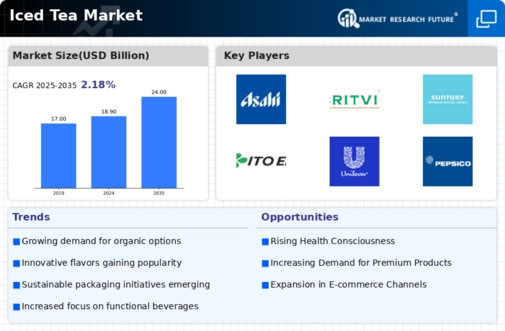

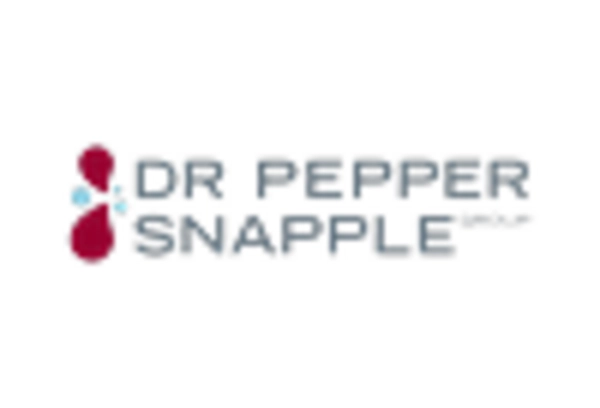
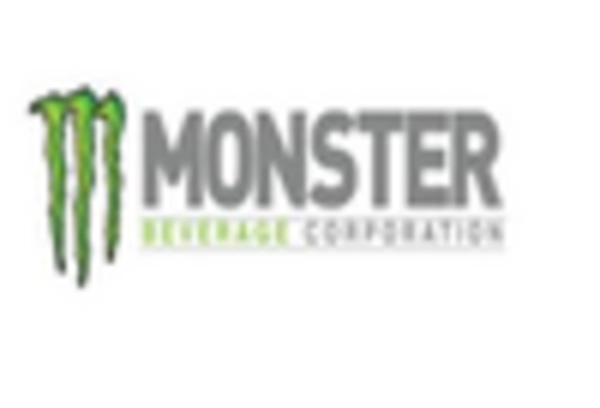
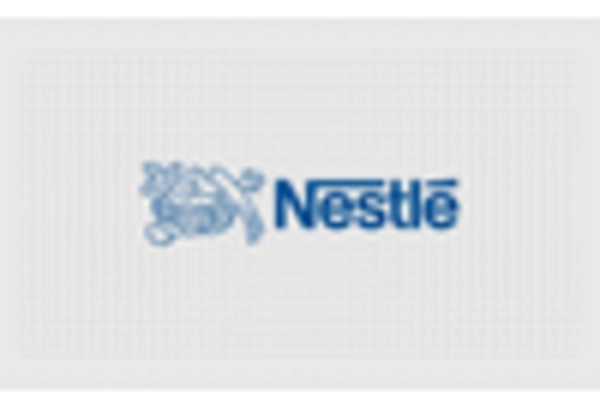

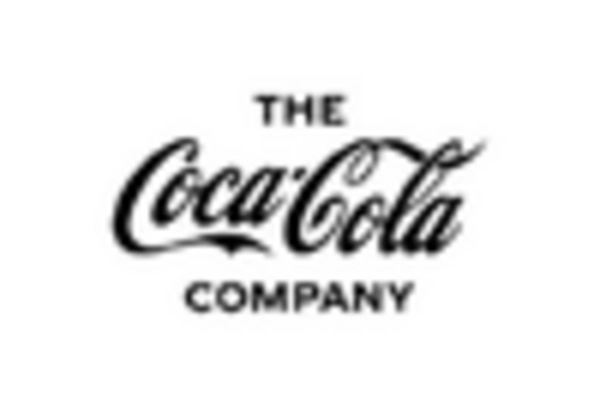









Leave a Comment